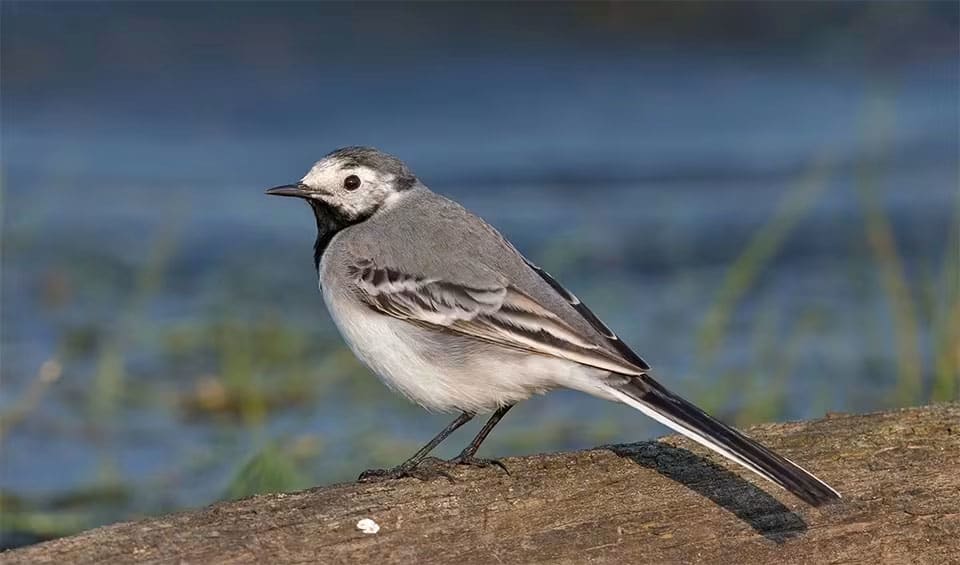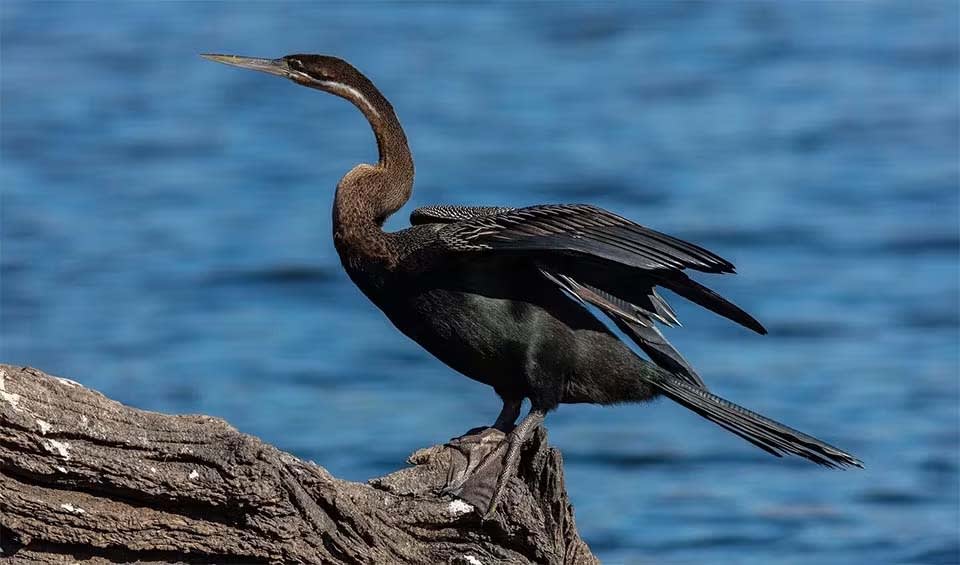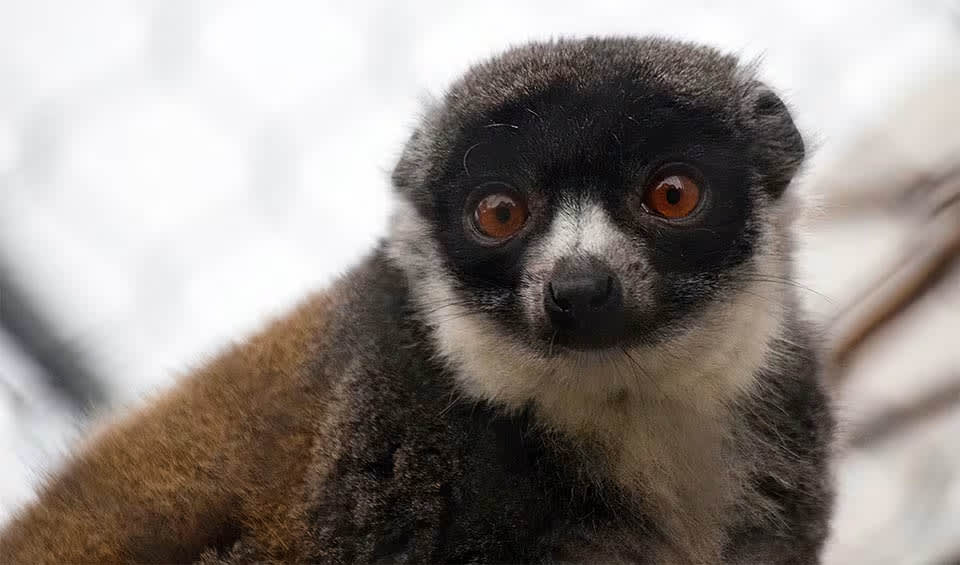Comoros is recognized as one of the top five biodiversity hotspots globally, primarily due to the vast number of unique species that exist only there. The nation’s rich and varied coastal and marine environments include fringing coral reefs, mangroves, seagrass beds, and beaches adorned with black, red, and white sands, in addition to lava flows, islets, and submarine banks. The area encompasses at least four distinct ecosystems: coastal ecosystems featuring mangroves, seagrass beds, and coral reefs; savanna shrubland; forests; and wetlands.
This extraordinary biodiversity is not only a natural treasure but also a cornerstone for the livelihoods of local communities, providing essential resources such as food and medicine, and contributing to the economy through tourism and sustainable resource management.
Four pillars elaborated:
The Comoros, an Indian Ocean archipelago, boasts a varied terrain that includes mountains, forests, and marine ecosystems. As of 2022, the country has enhanced its conservation efforts by expanding its protected areas from one to six. These include Shisiwani National Park, established in 2010 to safeguard Mount Karthala and its surrounding forests; Lake Dziani Boudouni, a Ramsar site vital for its biodiversity and freshwater resources on Grande Comore Island; Le Karthala, another Ramsar site encompassing the active Mount Karthala volcano and its vegetation; Mohéli Marine National Park, which protects marine life around Mohéli Island including coral reefs and sea turtles; Karthala Park, focusing on the Mount Karthala volcano and its forests; and Mount Ntringui Park, which conserves the Mount Ntringui volcano and its forests. Land Management
Land Management
Despite facing challenges such as limited resources, poaching, and invasive species, the Comoros is committed to preserving its rich biodiversity and promoting sustainable development, with support from the government and international organizations.
The archipelago’s limited natural resources are rapidly degrading due to escalating anthropogenic pressures and a weak economy. Factors contributing to biodiversity loss include deforestation of forests and mangroves, unsustainable agricultural practices such as land clearance, bushfires, and farming in forest peripheries, alongside poaching and the illegal wildlife trade. Invasive species and high energy costs further exacerbate the situation. Pollution from pesticide runoff, sewage, and solid waste dumping, coupled with uncontrolled coastal urban development, increases the vulnerability of marine and coastal biodiversity. Threats to Biodiversity
Threats to Biodiversity
Coastlines often become makeshift dumps, while inland areas see waste scattered in vacant lots or natural areas near towns and villages. Both rural and urban areas suffer from pollution caused by waste and vehicle emissions, with 90% of vehicles lacking adequate emission controls. The absence of garbage collection services in some urban areas leads to waste being burned, adding to the pollution. Additionally, the high vulnerability to climate change and natural disasters poses severe risks to coral reefs, fisheries, and agricultural output, threatening the archipelago’s environmental sustainability and economic stability.
Significant measures have been taken to preserve and encourage biodiversity. The knowledge of species has been considerably enhanced, such as that of terrestrial fauna, endemic nesting birds, medicinal and aromatic plants (PLARM project), threatened plant species, forest inventories, and the identification of the genetic pool of specific species. The number of protected areas is growing, and the Mohéli Marine Park has been established, while the PoWPA project seeks to establish three community reserves on the respective islands of Grande Comore, Anjouan, and Mohéli. Capacity and Governance
Capacity and Governance
Efforts by local communities have led to the improvement of services and infrastructure to promote eco-tourism in protected areas and share benefits from activities. The conservation of sea turtles has been aided by specialized training, resulting in an increase in their population. Environmental education and studies have been conducted, and numerous mechanisms and capacity-building projects have been developed to sustainably manage ecosystems concerning forestry, spatial planning, farmland, the business plan for the Mohéli Marine Park, promotion of volunteerism and community involvement, among other issues.
Developed in 2016, Comoros’ National Biodiversity Strategic Action Plan (NBSAP) sets out the nation’s blueprint for biodiversity conservation through 2030. The plan’s primary objectives are to conserve and sustainably manage biodiversity, promote the equitable sharing of benefits derived from genetic resources, and integrate biodiversity considerations into national and sectoral policies and programs. Concurrently, a project is in progress to enhance the efficacy of the national network of protected areas in the Comoros. This project focuses on boosting management capabilities and encouraging community involvement to achieve these conservation goals. Future Trends
Future Trends
Biodiversity
Comoros, an archipelago located in the Indian Ocean between Madagascar and the African coast, is renowned for its rich biodiversity and unique ecosystems. Sandy beaches, coral reefs, and mangrove forests characterize its coastal areas. These ecosystems are crucial for marine biodiversity, supporting numerous fish species, crustaceans, and mollusks. The coral reefs around the islands are particularly rich, providing habitats for various species of fish, including the coelacanth, a rare and ancient fish species thought to be extinct until it was rediscovered in the waters of Comoros. The mangrove forests are vital breeding and nursery grounds for marine life and support bird species such as herons, kingfishers, and the endemic Comoro blue pigeon.The islands’ interior features lush tropical forests, particularly on Grande Comore, Anjouan, and Mohéli. These forests are home to a variety of endemic plant species, including orchids, ferns, and unique tree species adapted to the volcanic soil. The forests provide critical habitats for numerous bird species, such as the endangered Anjouan scops owl and the Comoro olive pigeon. The montane rainforests on the higher elevations are particularly important for biodiversity, supporting species that are not found in lower regions.
In the table below are the number of known species in several main groups, how many of these species are Threatened with extinction, and how many of them are Endemic (unique to Comoros only):
| Species (World rank) |
Threatened | % Threatened | Endemic | % Endemic | |
|---|---|---|---|---|---|
| Mammals | 36 (#172) | 5 | 13.9% | 4 | 11.1% |
| Birds | 100 (#194) | 13 | 13.0% | 20 | 20.0% |
| Reptiles | 9 (#186) | 5 | 55.6% | 9 | 100.0% |
| Amphibians | 1 (#192) | ||||
| Fishes | 566 (#105) | 21 | 3.7% | 4 | 0.7% |
| Plants | 1,060 (#173) | 9 | 0.8% | 3 | 0.3% |
mammals
Pantropical spotted dolphin
A champion swimmer and a social butterfly of the warm seas
Common bottlenose dolphin
Known for their acrobatic leaps, twisting and turning gracefully as they jump completely out of the water
birds
Great frigatebird
These birds spend weeks in the air and hunt, preen and even sleep while in flight
White wagtail
Holds cultural symbolism in some societies, representing good luck
African darter
African darters or ‘snakebirds’ are expert underwater fishermen equipped with stealth, diving skills, and a spear-like bill
reptiles
Loggerhead sea turtle
One of the largest and strongest sea turtles in the world
Common agama
Known for their vibrant colors, which can change rapidly in response to their environment, mood, or social interactions
Hawksbill sea turtle
Its slender frame and narrow head bear a beak curved like a hawk’s, earning this marine marvel its name
National Animals
Mongoose lemur
A live emoji — can frown, yawn, and grimace!













